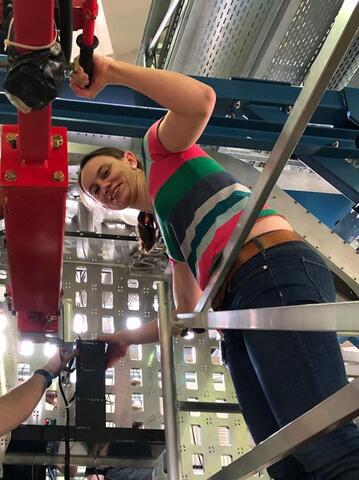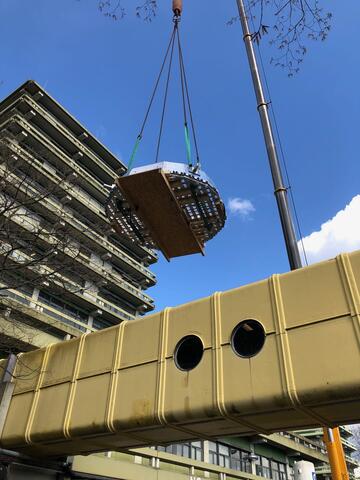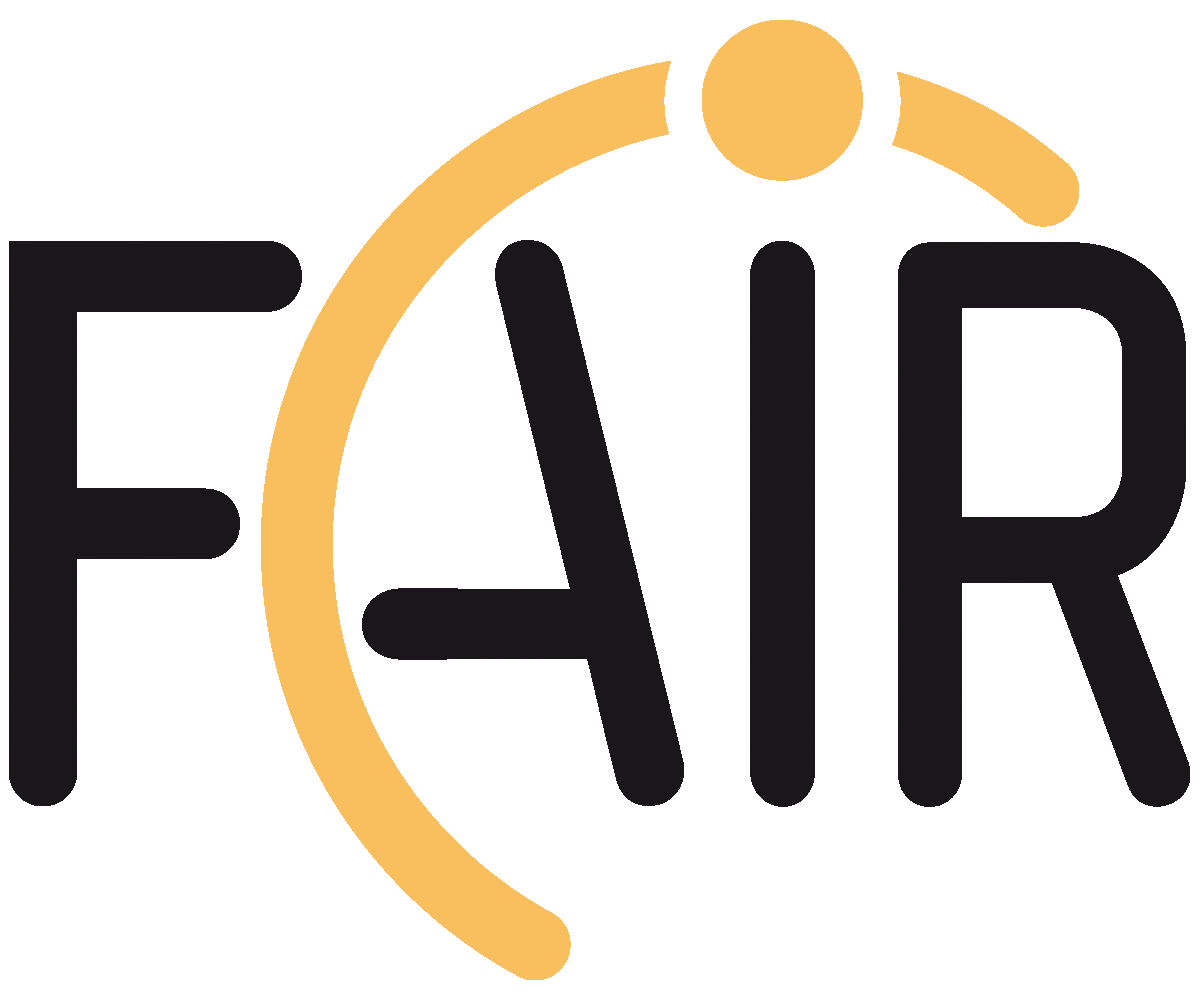Workshop „Physics Opportunities with Proton Beams at SIS100” was held in Wuppertal
PANDA meetings
04/03-08/03 2024 CM 24/1 in Münster
24/06-28/06 2024 CM 24/2 at GSI
25/06-26/06 2024 FEE/DAQ Workshop
04/11-06/11 2024 CM 24/3 at GSI
05/03-07/03 2025 WS at GSI
16/06-20/06 2025 CM 25 in Uppsala
The Barrel TOF detector for PANDA
D. Steinschaden,K. Dutta, L. Gruber, K. Suzuki, M. Böhm, M. Cardinali, M. Hoek, K. Kalita, K. Götzen, H. Kumawat, W. Lauth, A. Lehmann, J. Marton, H. Orth, A. Parmar, B. J. Roy, C. Sonika, L. Schmitt, C. Schwarz, C. Sfienti, M. Thiel
PA-PRO-2015-013.pdf
(945.29 KB)
The PANDA experiment addresses fundamental questions in hadron and nuclear physics via interactions of antiprotons with nucleus / nuclei. The experiment is currently under construction at the Facility for Antiproton and Ion Research (FAIR) in Darmstadt, Germany. The High Energy Storage Ring (HESR) will provide an antiproton beam with a momentum range of 1.5 - 15 GeV/c and an average collision rate on the fixed target of 20 MHz is envisaged. The barrel-shaped time-of-flight (TOF) detector is planned as a scintillator tile hodoscope covering the central region of the PANDA detector and plays a crucial role in determining the time origin of the track. An online data reduction of about a factor 1000 is necessary and therefore the timing information of the scintillator tile hodoscope will be one of the key components. The detector provides particle identification also for slow particles below the momentum threshold of the DIRC. In order to fulfill the requirements, plastic scintillator tiles with minimum material budget read out by Silicon Photomultipliers (SiPMs) have been selected and the time resolution will be sigma < 100 ps.





